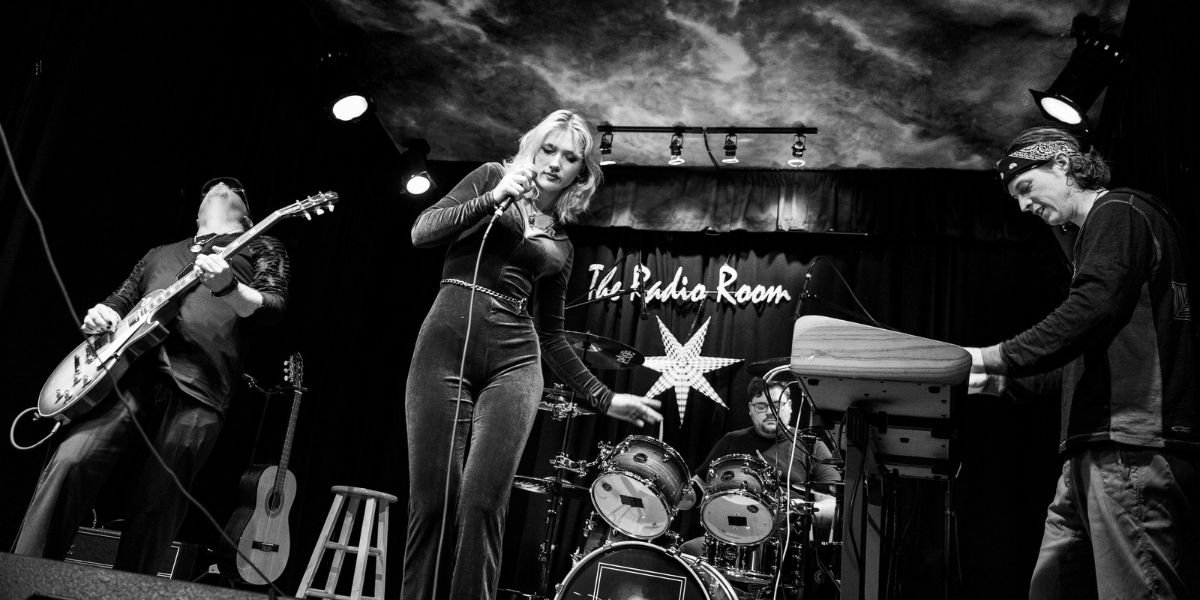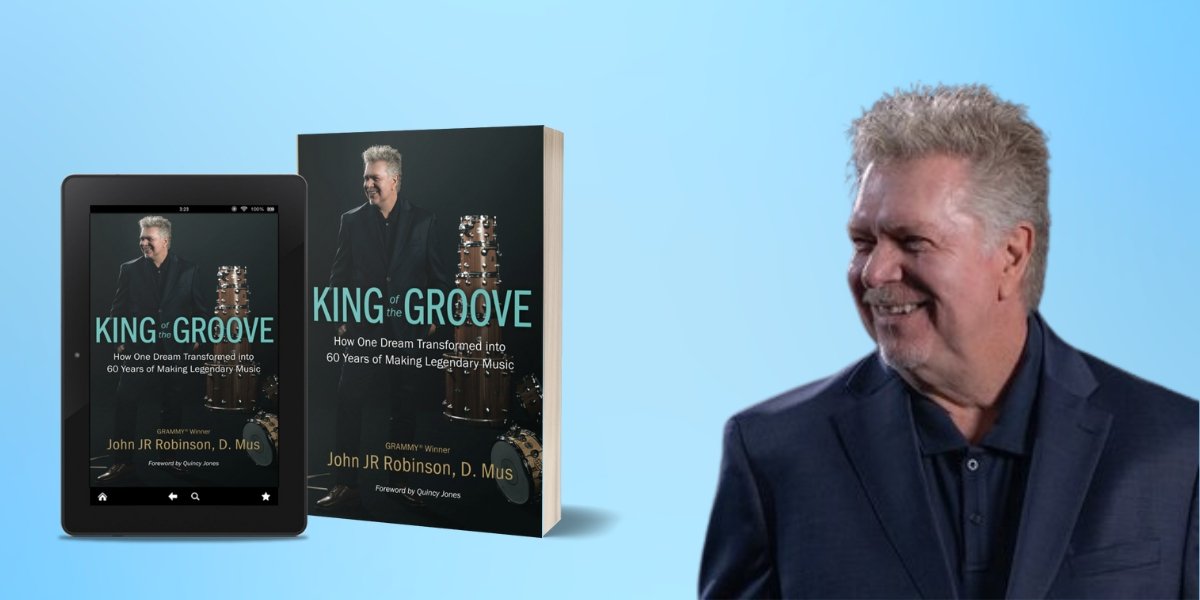Chicago, long celebrated as one of the birthplaces of jazz, is experiencing a remarkable resurgence of its jazz clubs. The city’s deep-rooted history with this vibrant genre is being revitalized, with a new wave of musicians, audiences, and cultural initiatives breathing life into its storied jazz scene. Jazz clubs, once facing challenges from shifting music trends and economic pressures, are now thriving as spaces of cultural revival, community engagement, and economic growth. This article delves into the key aspects of the resurgence, exploring its historical significance, cultural impact, economic contributions, community role, and sustainability.
Historical Significance
Birthplace of Jazz Legends
The origins of jazz in Chicago are deeply intertwined with the Great Migration, when African Americans from the South brought their musical traditions to northern cities. In the 1920s, Chicago became a hotspot for jazz innovation, with legendary figures like Louis Armstrong, King Oliver, and Jelly Roll Morton making their mark. Armstrong’s groundbreaking recordings with his Hot Five and Hot Seven ensembles, produced in Chicago, are often considered cornerstones of jazz music, influencing generations of musicians.
These historic moments cemented Chicago’s reputation as a cradle of jazz, with the city’s clubs serving as incubators for creativity and improvisation. The return of vibrant jazz clubs today not only honors this legacy but also introduces a new generation to the genre’s roots.
Influential Jazz Hubs
Iconic venues like the Green Mill Cocktail Lounge and Jazz Showcase have stood the test of time, playing host to both historic and contemporary performances. The Green Mill, for instance, boasts a history dating back to the Prohibition era, attracting audiences with its timeless ambiance and commitment to live jazz. These venues remain central to Chicago’s jazz identity, serving as reminders of the city’s storied musical past while embracing modern developments.
Cultural Revival
Renewed Public Interest
The resurgence of jazz clubs in Chicago reflects a broader cultural revival, as audiences increasingly seek live music experiences that connect them to history and creativity. Festivals like the Chicago Jazz Festival, held annually, draw large crowds and feature a blend of local talent and international stars. These events not only celebrate jazz’s past but also showcase its evolving sound, appealing to diverse demographics.
Streaming platforms and social media have also played a role in introducing younger audiences to jazz. With artists blending traditional jazz elements with modern influences, the genre is finding new relevance among millennials and Gen Z listeners. This renewed interest drives foot traffic to Chicago’s jazz clubs, creating vibrant spaces where music transcends generations.
Educational Initiatives
Education has been instrumental in sustaining jazz’s resurgence. Institutions like the Jazz Institute of Chicago collaborate with schools and community organizations to teach students about jazz’s history, techniques, and cultural significance. Programs such as free workshops, after-school classes, and public lectures ensure that younger generations understand and appreciate the genre. These efforts cultivate a new wave of jazz enthusiasts and performers, ensuring that the genre continues to thrive.
Economic Impact
Tourism Attraction
Chicago’s jazz scene has become a major draw for tourists, adding a significant boost to the city’s economy. Visitors from around the globe flock to iconic venues and festivals, eager to experience authentic jazz in its historic setting. The influx of tourists benefits a wide range of businesses, including hotels, restaurants, and transportation services, creating a ripple effect that supports local industries.
Many travel guides now highlight Chicago’s jazz clubs as must-visit attractions, placing the city on the map as a global destination for music lovers. The economic impact extends beyond ticket sales, as jazz’s revival positions Chicago as a hub for cultural tourism.
Job Creation
The resurgence of jazz clubs has also generated employment opportunities within the live music industry. Musicians, sound engineers, lighting technicians, and venue staff all play vital roles in creating memorable experiences for audiences. Additionally, marketing teams, event planners, and food service workers benefit from the growing popularity of jazz clubs. These jobs not only sustain individuals and families but also contribute to the overall economic health of the city.
Community Engagement
Inclusive Spaces
Jazz clubs have long been places where people from different backgrounds come together, united by their shared love of music. This tradition continues today, as Chicago’s jazz clubs create inclusive spaces that celebrate diversity. In an era when social connections often feel fragmented, these venues offer a sense of community and belonging. Whether attending a late-night jam session or an intimate acoustic set, patrons experience the magic of live music in a setting that fosters human connection.
Jazz’s improvisational nature mirrors the spontaneous interactions that occur in these clubs, making them unique social hubs. For Chicago’s neighborhoods, jazz clubs are not just entertainment venues—they are cultural landmarks that enrich community life.
Local Artist Support
Emerging artists find valuable opportunities to showcase their talent in Chicago’s jazz clubs. These venues serve as platforms for experimentation and growth, allowing musicians to refine their craft in front of live audiences. Many clubs also collaborate with local schools and music programs, offering mentorship and performance opportunities to young musicians.
By nurturing local talent, jazz clubs contribute to the city’s creative ecosystem. The interplay between seasoned performers and up-and-coming artists creates a dynamic scene that continually evolves while staying true to its roots.
Challenges and Sustainability
Economic Viability
Despite their success, jazz clubs face ongoing challenges in maintaining financial stability. Rising operational costs, such as rent, wages, and licensing fees, can strain budgets, particularly for smaller venues. Many clubs rely on diverse revenue streams, including ticket sales, food and beverage services, and private event bookings. Some have also embraced innovative models, such as crowdfunding and membership programs, to build financial resilience.
Community support plays a crucial role in sustaining these venues. Patrons who attend regularly, spread the word, and contribute to fundraising efforts ensure that jazz clubs remain viable in the face of economic pressures.
Adapting to Trends
To stay relevant, jazz clubs must adapt to changing audience preferences. While preserving the essence of classic jazz, many venues incorporate modern elements to attract broader demographics. This includes hosting genre-blending performances, such as jazz fused with hip-hop or electronic music, and offering multimedia experiences that enhance live shows.
By striking a balance between tradition and innovation, Chicago’s jazz clubs can continue to appeal to longtime fans while engaging new listeners. This adaptability is key to ensuring the sustainability of the city’s jazz scene.
The resurgence of jazz clubs across Chicago is a testament to the enduring power of this dynamic genre. Rooted in a rich history, these clubs are now experiencing a cultural renaissance that bridges past and present, attracting diverse audiences and fostering community connections. Their impact extends beyond entertainment, contributing to the city’s economy, supporting local artists, and preserving a vital part of Chicago’s identity.
However, the sustainability of this revival depends on addressing challenges such as financial stability and the need to evolve with changing trends. With the continued support of audiences, institutions, and communities, Chicago’s jazz clubs will remain vibrant spaces that celebrate the creativity, innovation, and inclusivity of jazz for generations to come.
Whether you’re a lifelong jazz enthusiast or a newcomer seeking to explore this storied genre, there has never been a better time to experience the magic of live jazz in Chicago. From iconic venues to hidden gems, the city’s jazz scene offers something for everyone, ensuring that the music continues to thrive in the city where it found its voice.








